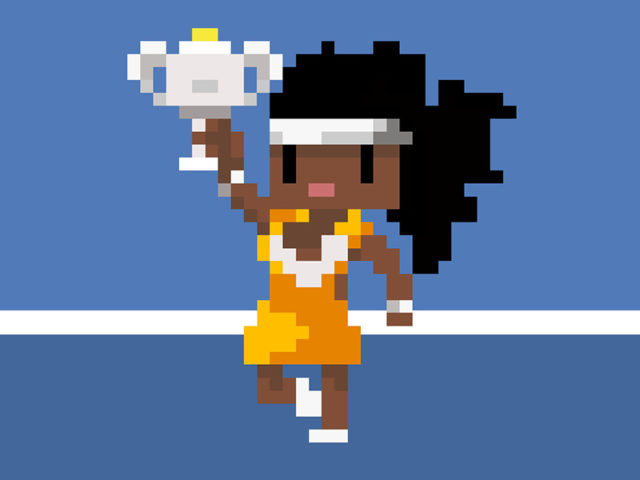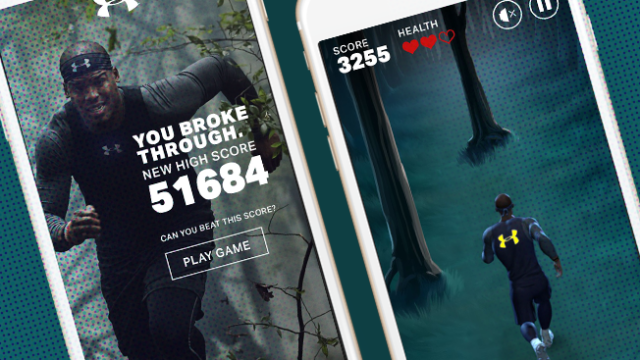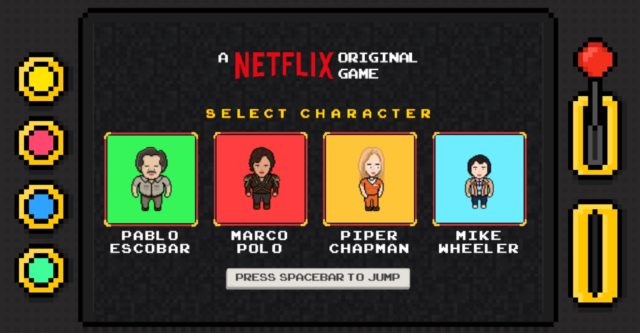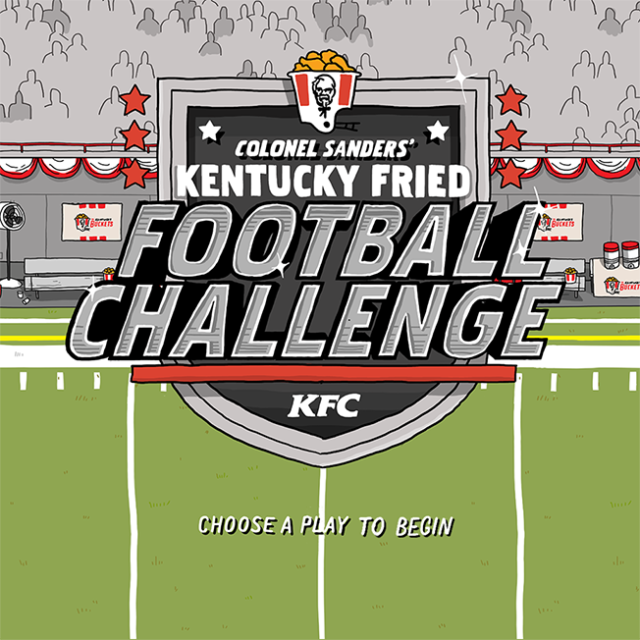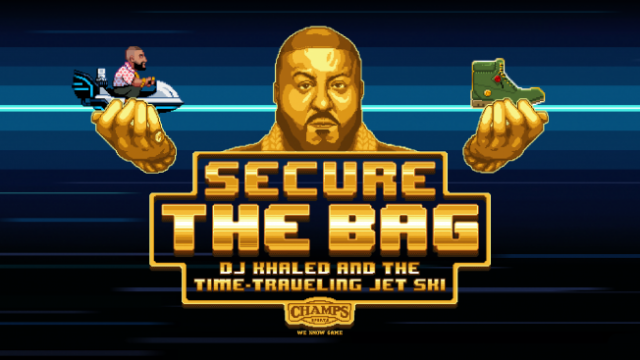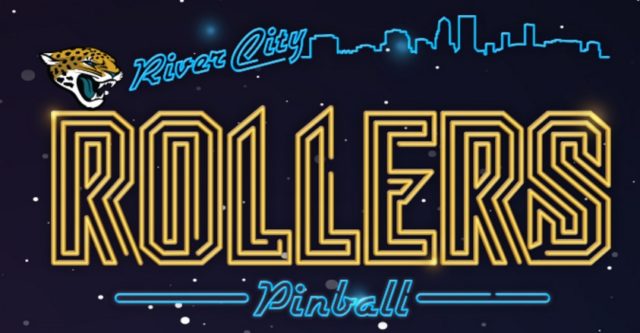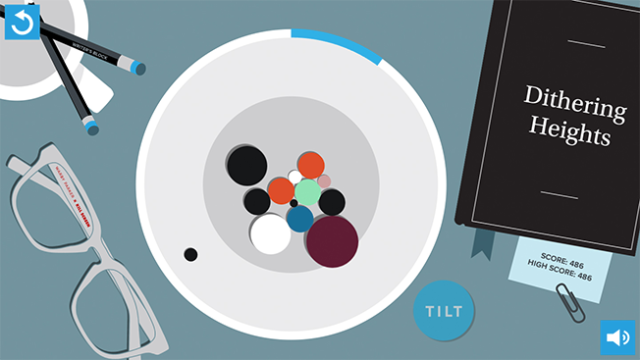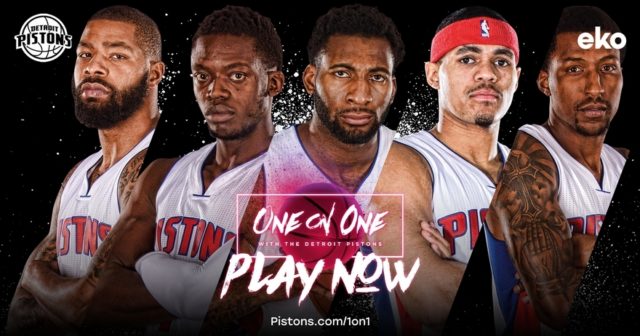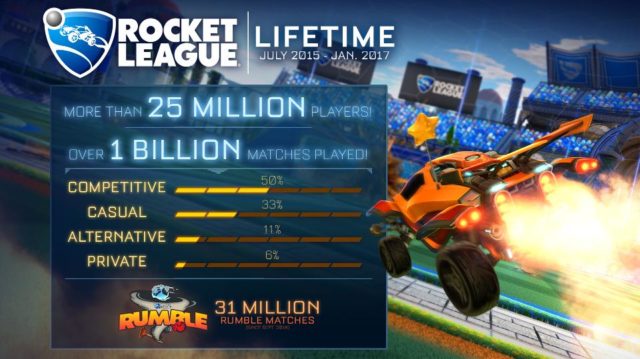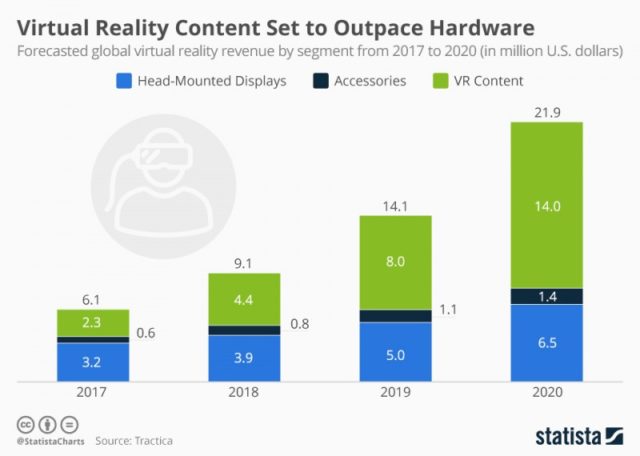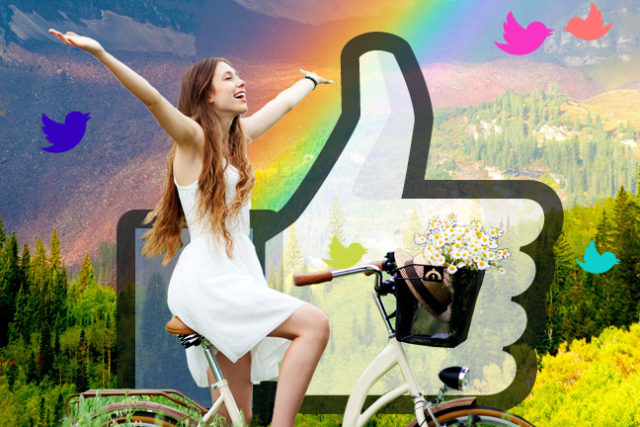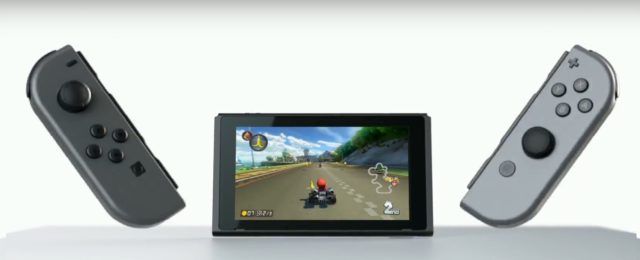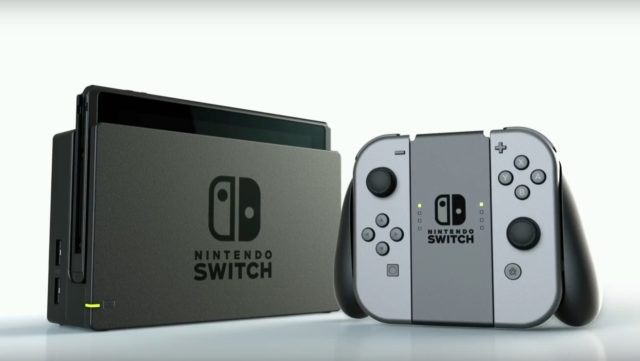One of the original games in Nintendo’s Switch launch window this March is Frozenbyte’s Has-Been Heroes. The rogue-like adventure game is the latest publishing effort from GameStop’s GameTrust initiative to support independent developers.
The media recently had an opportunity to go hands-on with the original IP at Nintendo’s New York City unveiling of the $300 Switch console. There, Mark Stanley, head of GameTrust at GameStop, was on hand to talk about the new platform and explain how Nintendo’s attitude toward developers and third-party publishers has completely changed in this exclusive interview with [a]listdaily.
What does Nintendo Switch open up for GameStop as a new distribution platform?
From a GameTrust perspective, it gives us an opportunity to reach an even wider audience for Has-Been Heroes, which is going to be our third game released for GameTrust. We’re working with FrozenByte in Finland, which is familiar with working with Nintendo, having developed the Trine series back in the Wii U days. This game was very easily adapted to the Switch and takes advantages of some of the features like the linear vibration and the portability of it. This is a game that’s highly playable—the repeat playability of it is huge. So it allows us to jump on that portability side of Switch because you never want to stop playing.
GameTrust has always been about taking independent developers’ content to a larger audience and having another platform to do it in obviously brings up a whole different world of reach. We’re very happy to be part of that launch window for Switch with this game, and we’ll be looking at all our future games to try to also do all of them for Switch.
How easy is it to develop cross-platform for Switch versus in the past with Wii U?
Nintendo outreach to third party developers is incredible this time around. With GameTrust, the support they’ve given us as a third party partner has been incredible. And we’ve been able to take something that was probably not going to be in the launch window and make it into the launch window because of all the support we had from their third party relations team in Japan. We’re seeing nothing but a really wide open approach from a Nintendo perspective to third party partners, which from what I hear hasn’t been the case in the past. So that’s going to really make a difference in the success of Switch.
How will GameStop be able to put additional marketing power behind this game?
Within the GameStop ecosystem, we’ll be able to prioritize this title along with the two or three first party titles. We have at least three first-party titles and maybe five third-party titles in that launch window and it’s really about staggering the release of content this time around. So we’ll be within that launch window, but we’ll to do it in a way where we’re continuing the flow of content onto the platform versus one launch and then radio silence. That’s going to help us piggybacking with our ecosystem of GameStop being able to bring the game physically to stores. We want to make sure that we provide a physical option for folks and also a Collector’s Edition option.
So there will be a Collector’s Edition and other items?
Yes. We will have an announcement with all the details on that in the coming weeks, but that’s really what we’re striving to do with GameTrust is be able to leverage not only the distribution power of GameStop around the world, but also leverage our foray into collectibles with our acquisition of Think Geek. We’re able to take a property like this, a brand new IP, and come out with different collectibles associated with that IP so that the gamer can dive into the IP not only with the game, but through other mediums like collectible items.
What did you learn working on Insomniac’s Song of the Deep last year?
We learned a couple of things with Song of the Deep. One of them is lead times are huge because you’re working on development of a game. That’s why we like to come in really early in the development process. We’ll talk to developers when they’re in the napkin design stage because we need to be able to work ahead on the development of collectibles. Sometimes, if you’re developing a really high-end statuette, you need nine months of manufacture lead time to be able to meet the game.
Song of the Deep also had a book at Barnes and Noble.
Working on something like a book deal with Barnes and Noble—that was a big learning curve because the gaming world and the book publishing world have rarely worked with each other. We found it fascinating, how it allows us to bring a radically different audience to the IP. Song of the Deep would have never been played or viewed by any of the book audience. Brian Hastings, the author from Insomniac, went on the road on book tours. You’d never see a creative head from a [game] publisher be on a book tour and have the IP have that exposure. And that was our goal. How can we bring more eyeballs and more audience to an IP that otherwise would have just been digitally uploaded and that’s it? Song of the Deep was a big success because of that and we’re applying some of those learnings to our following games.
What has been the developer interest Switch, since a lot of consumers bypassed Wii U?
It’s been pretty huge. Everybody we’ve talked to is either working on something for Switch or planning on something for it. We speak to a lot of independents developers, from small size to big shops, and everybody is interested. Everybody is really rooting for it. As an industry, we could use a successful launch because it’s probably going to be a fairly quiet year as far as hardware moves, so we’re all rooting for it. And with Nintendo, you can never write them off because they’ve always been at the heart of gaming.
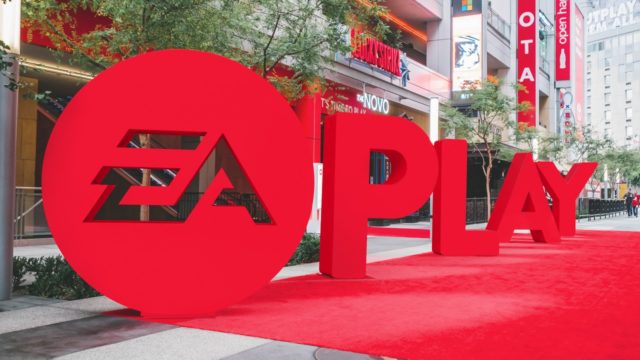
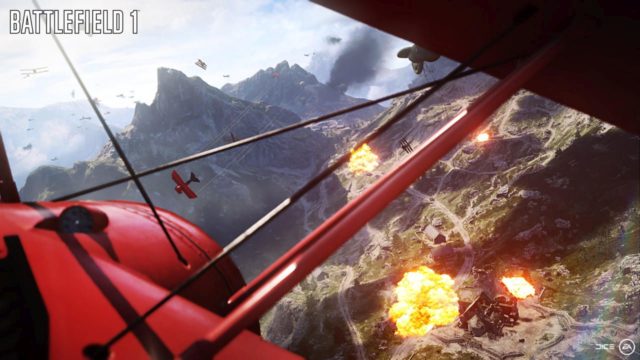


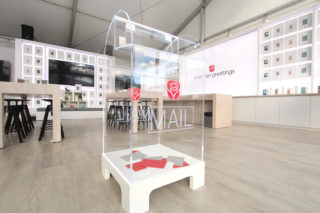
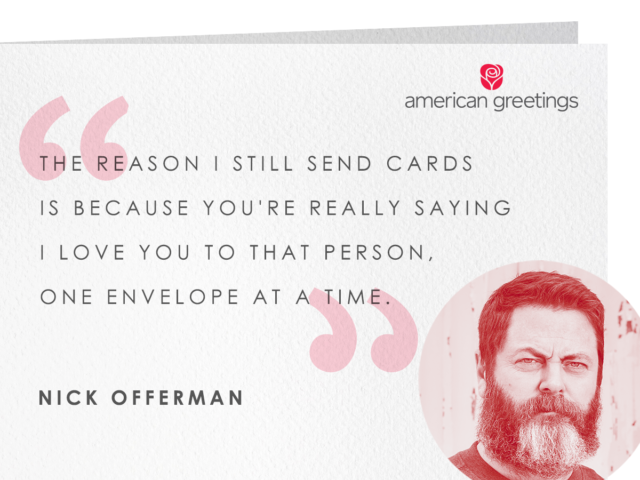
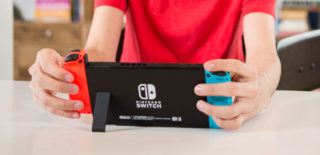 Nintendo would do well to reveal more details about its online service, which will be free for players from March to sometime in the fall. The service will support a connected mobile app and will offer one free SNES or NES game a month with the subscription—some upgraded with multiplayer. Given the steady growth of digital sales and subscriptions
Nintendo would do well to reveal more details about its online service, which will be free for players from March to sometime in the fall. The service will support a connected mobile app and will offer one free SNES or NES game a month with the subscription—some upgraded with multiplayer. Given the steady growth of digital sales and subscriptions 